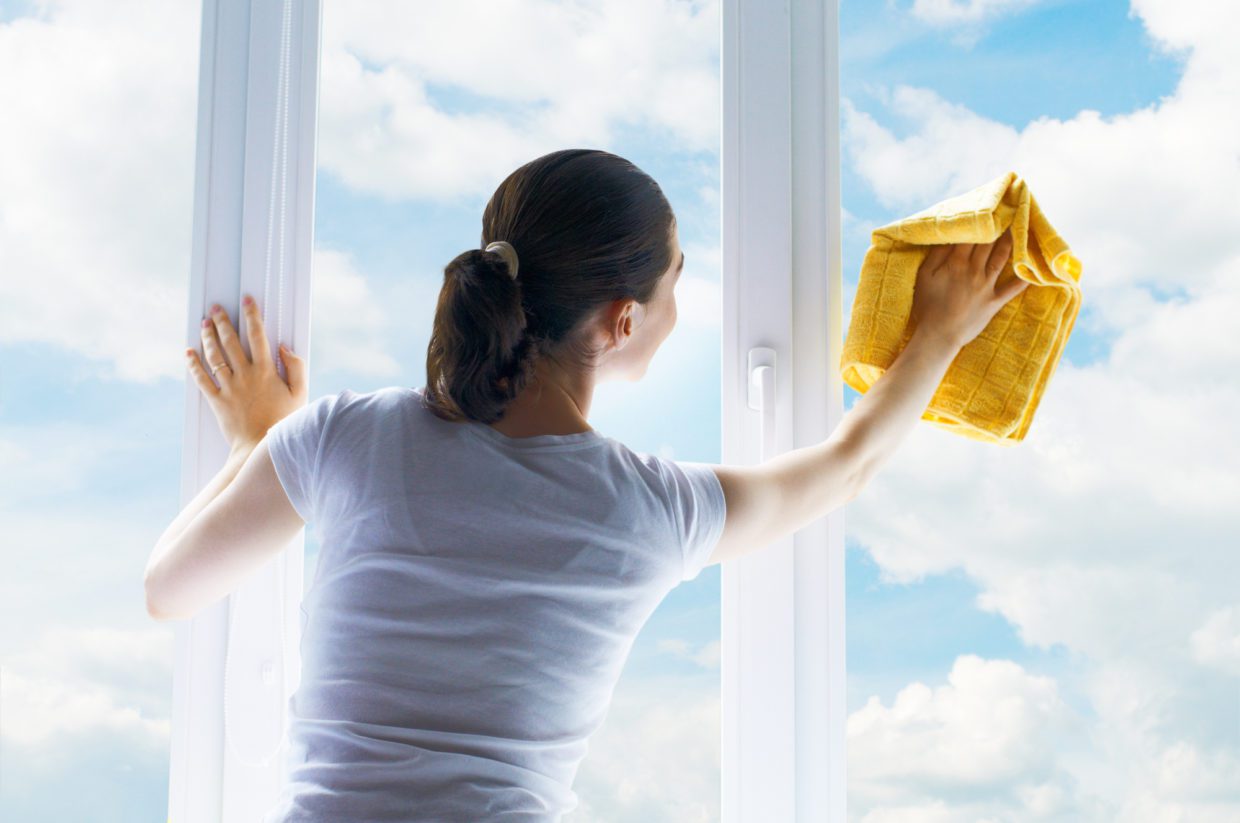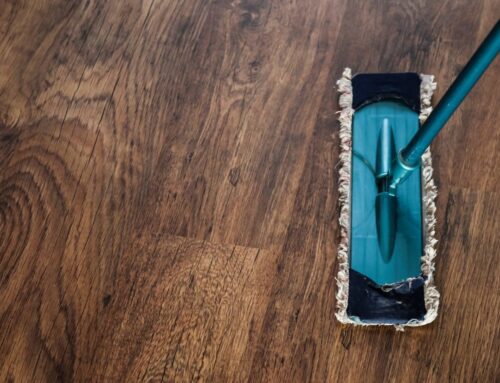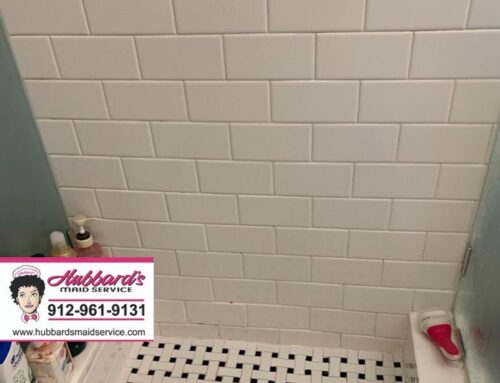Window cleaning services cost $149 to $295, with an average house cleaning costing $213. The cost of professional window cleaning varies from $4 to $11 per window or $4 to $8 per window pane. Window cleaning on the third and fourth floors costs an additional $3 to $5 per window.
At first glance, learning how to clean windows may appear to be a simple process. However, all kinds of stains, including watermarks, fingerprints, and general grime, can end up on the glass, which can be difficult to remove.
Even if you wipe the stains, grease can leave smears on your window that are difficult to remove. The task may appear ineffective, and you might end up with a mess that is worse than when you started, similar to cleaning a glass stove.
But don’t panic; with the correct tools and techniques, your windows can be restored to their former glory. The good news is that windows are one of the easiest items to clean, and you can do it yourself.
Keep reading this blog to learn the best window cleaning tips.
How Frequently Should You Clean Your Windows?
To be honest, even the best home cleaning products will not do the job for you if you use incorrect tools and the wrong technique. To maintain the practicality and aesthetics of your windows, ensure you clean the window frames once or twice quarterly.
You should do more if you live close to the sea due to high salt exposure. Also, clean your windows more often if you live in a city and are close to industrial sites or major roads.
When you fail to clean windows regularly, there will be a buildup of watermarks, dust, and dirt. We advise you to use warm, soapy water but avoid too much washing-up liquid.
That’s because too many bubbles leave residue marks on windows. Use a lint-free microfiber cloth and ensure you’re regularly changing water to avoid smearing on dirt.
You can use a soft and clean cloth to eliminate any drips. Consider spraying a glass cleaner solution onto the glass and rub it off using a soft paper towel.
There are various ways to clean windows – that will depend on the amount of dirt on them, the size, the time you have, and the solution you’re going to use. They include:
1. Choose the Right Day for Cleaning Windows
If the day is sunny, avoid cleaning windows — you can hold on to a cloudy day. True, it may be easier to see the smears on a sunny day.
But, the sun will dry the windows too quickly, which is often the cause of window streaks in the first place. Sunshine will also cause glare on the window glass, making it difficult to see how clean the windows are.
2. Remove the Curtains and Blinds Before Window Cleaning
Begin by removing all curtains and blinds. Now is a perfect time to give your drapes a thorough wash. You can even spray them with a fabric freshener.
After removing the drapes, you are likely to spot dust or cobwebs around the corners of the windows. You can use a vacuum to sweep away the dirt particles.
3. Consider Making Homemade Window Cleaning Solutions
Add two tablespoons of vinegar (but this will not kill bacteria) to a bucket of warm water. If the windows need a deep clean, add two tablespoons of household ammonia, but remember to wear rubber gloves.
Window cleaning experts recommend you use white vinegar to clean windows. Once you spray it, you won’t need much, and its scent will last for about 15 minutes, after which it disappears.
You can also use soapy water to clean your windows. Avoid creating many soap suds since they will leave more marks when allowed to dry. Begin cleaning the windows with a non-abrasive sponge.
4. Start With the Frames
Start with the frames to prevent dripping dirty water on clean panes. Use a wipe with a set sponge, but if the frames are too dirty, you can use a mild detergent on a wood extension.
5. Use an S-Shaped Cleaning Motion on the Glass Panes
Start cleaning the panes with a sponge and warm soapy water. Dip the foam part of a squeegee in the water, squeeze out the excess, and gently rub it on the glass.
Working in an S-shaped motion will help clean the windows thoroughly, and the motion will stop the smear. Wipe clean the squeegee of suds and dirt at the end of every stroke.
6. Wipe Off Excess Cleaner to Avoid Streaks
A squeegee and the S-shape motion are perfect for a streak-free finish. But, to prevent smearing, always wipe the squeegee blade on a clean rag.
Remove the remaining water with a damp microfiber cloth and begin drying the windowsill. Avoid clothes or paper towels that can leave lint on the window panes.
Invest in a U-shaped pole to clean exterior upper floor panes. That way, you will avoid reaching out from top-floor windows.
You can also use scrunched-up newspaper to wipe the window glass clean. Your windows will have a sparkling finish once you use newspaper to absorb leftover cleaning fluid to have a streak-free window.
7. Clean Window Edges
To finish, wipe off excess water or suds from the windowsill edges using an absorbent cloth. Also, repeat the same process on the inside of the windows.
Most window edges remain gleaming after cleaning with soapy water. But, you can use a cream-based cleanser to leave them looking new.
Achieve the Perfect Clean Windows
Now you know how to clean windows – you shouldn’t ignore window cleaning for long. By staying on top of your window cleaning routine, you won’t have to clean away black streaks running down the window frames.
But, if you don’t have the time and energy to have a window cleaning routine, hire an expert house cleaning service provider.
At Hubbards’s Maid Service, we are punctual, reliable, and trustworthy. We will provide highly experienced, trained, and closely supervised window cleaning professionals.
Contact us today to have sparkling and streak-free windows.






